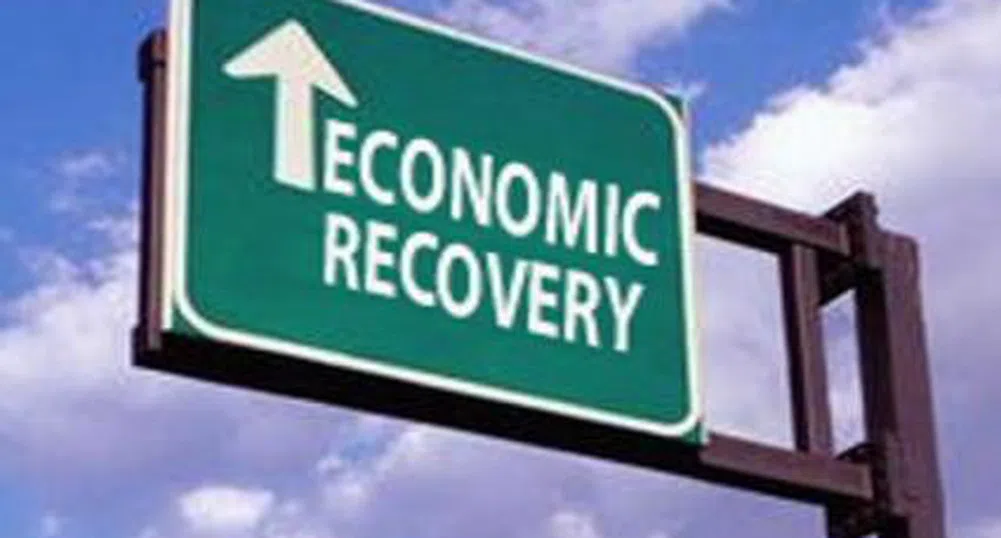Eurozone to recover in late 2010

Although many of its large members were among the first countries to emerge from recession last year, the short-term outlook for the Eurozone remains challenging with GDP growth expected to rise by only 1% in 2010 and 1.6% in 2011, according to Ernst & Young's new quarterly Eurozone Forecast (EEF), released today. Critically, unemployment is set to continue to rise until the first half of 2011 to a peak of more than 17 million.
This new quarterly economic forecast is based upon the ECB's own forecast model and is uniquely placed to offer insight on macro economic trends across the Eurozone as well as in the 16 countries.
Mark Otty, Area Managing Partner of Ernst & Young in Europe Middle East, India and Africa explains, "The turbulence of the last three years has placed a premium on insightful and timely economic forecasting. Ernst & Young has been associated with leading edge economic analysis for more than two decades in the UK. With the launch of the EEF I am now delighted we are extending that relationship across the Eurozone."
Marie Diron, Senior Economic Advisor to the Ernst & Young Eurozone Forecast said, "We may be out of recession in the Eurozone but it is a very feeble recovery and the economy still faces significant headwinds compounded by the Greek financial crisis. While there are some bright spots we estimate that it will not be until mid 2012, and five years after the global downturn began, that the economy has staged a full recovery."
Weak growth until 2012
EEF predicts that GDP growth will be weak until 2012 across the continent. The Eurozone stuttered in Q1 2010 after the ‘green shoots' of recovery appeared to have taken root in many of the bigger countries in mid-2009. Diron believes that aspects of the Q1 weakness reflect the removal of the car scrapping scheme and the exceptionally cold weather across Europe at the beginning of this year. "As 2010 progresses we will see a recovery in international trade driven by the pickup in the US and the Asian economies, as well as an improvement in domestic demand, pulling the Eurozone into weak growth."
A two-speed Eurozone with a North-South divide
Recovery will not be at an even pace though. Recent events have highlighted the challenges faced by countries with weak fiscal positions - not only Greece, but also Portugal, Spain, Ireland and, to a lesser degree, Italy. As a result, there will be an opening of a North-South growth-divide, according to the forecast.
Diron explained, "Germany, France and the Benelux economies are gaining momentum while growth in the Eurozone's Mediterranean economies and Ireland will be held back by efforts to reduce their budget deficits. Growth in the Mediterranean economies and Ireland is forecast to average only 0.6% combined per annum over 2010-12, compared to 1.8% in Germany, France and the Benelux."
This compares to the five years prior to the crisis when Greece, Ireland, Portugal and Spain together grew at an average rate of 3.5% per year while their northern neighbors grew by less than 2% per year. As southern countries tend to have lower income levels, the expected North-South divide implies that Eurozone convergence will be reversed over the next couple of years.
Rising unemployment on the horizon
Even the Eurozone's strongest economies such as France and Germany will be hampered by further cuts in employment levels. Although the forecast does not predict a rapid escalation in unemployment, the economy needs to grow significantly before productivity returns to pre-crisis levels and employment begins to recover.
As Otty explains, "Confidence amongst European business leaders remains relatively weak, resulting in limited investment and hiring."
EEF expects unemployment to rise further this year (currently around 16 million) and in 2011 to 17 million across the Eurozone as a whole.
Diron adds, "Despite Eurozone GDP falling by 4% in 2009, employment numbers dropped by less than 2% last year. Government schemes and protective labor legislation in the Eurozone have helped lessen the personal cost of the recession. But, if European companies are to regain competitiveness, the adjustment to staffing levels needs to happen. We expect it to take place this year and next."
Fiscal retrenchment will hold back growth
A consequence of the Greek crisis for the Eurozone as a whole is that fiscal tightening will have to happen more quickly than previously intended. The report's baseline forecast shows a significant reduction in deficits, from nearly 7% of GDP on average across the Eurozone in 2010, to under 3% of GDP by 2014. This will inevitably weigh on the pace of recovery in the medium term.
With the Eurozone governments and the ECB facing acute challenges, the forecast suggests that policy in the short term needs to remain focused on growth and employment. The ECB should defer any increase in interest rates well into 2011 particularly as there appears to be little appetite for many banks to start lending in the near future.
Diron explained, "The Eurozone economy seems destined to go through many more twists and turns over the coming months. Furthermore, when interest rates finally do start to rise, the increases are likely to be gradual because the ECB will have to take into account the impact of the withdrawal of government stimulus packages and marked tightening in fiscal policy that will need to kick in."
Double-dip unlikely but longer term Eurozone growth muted
Although EEF suggests that a double dip recession is unlikely it remains a possibility as Diron concludes, "We would give a probability of around 20% to a double-dip scenario in which the Eurozone slides back into recession in the second half of this year. There is a danger that the financial markets' worries about the sustainability of public finances in Europe lead to a more widespread deterioration in confidence. Europe remains vulnerable to any slowdown in the pace of the global recovery."
It is far more likely, however, that we will see a long haul back to growth and that by 2012 the majority of Eurozone countries will be back to something like pre-crisis levels of activity. However, this means that the Eurozone will lag other major regions of the world.
Otty concludes, "The financial crisis and subsequent recession in the West have only accentuated the flow of capital and wealth from developed to developing markets. Achieving 2% growth in the Eurozone from 2012 onwards, whilst a real achievement compared to a 4% decline in 2009 fades into insignificance when the US is averaging 3% or more and Asian markets at least 5 or 6%. Longer term European governments and policy makers have to start worrying about closing that gap."
)


&format=webp)
&format=webp)
&format=webp)
&format=webp)

&format=webp)